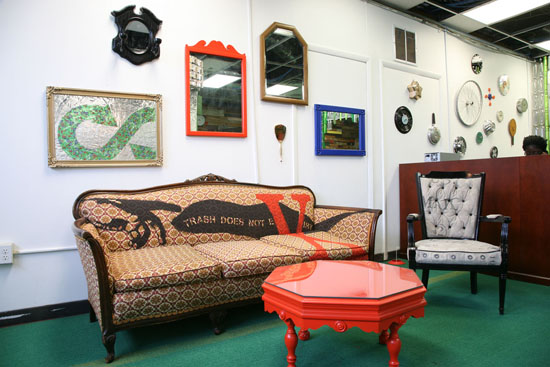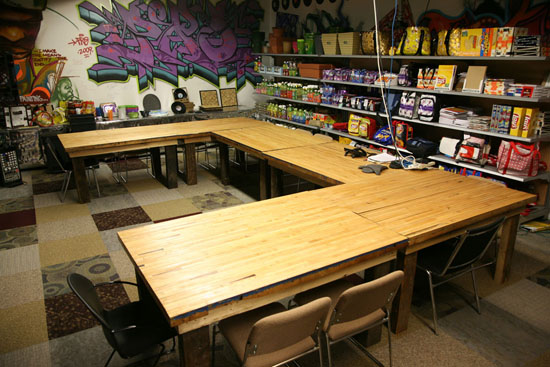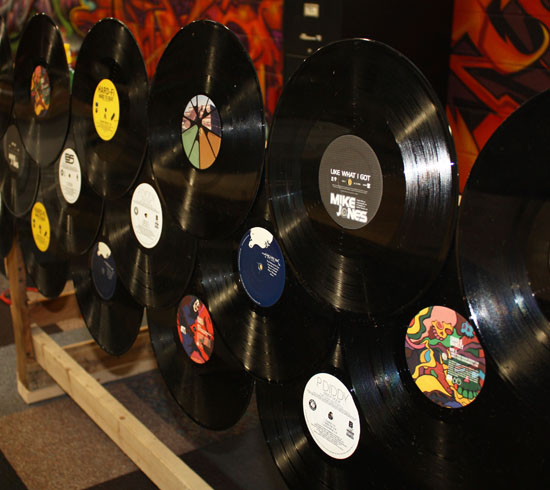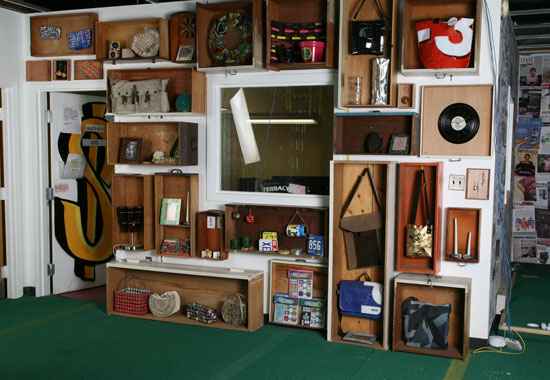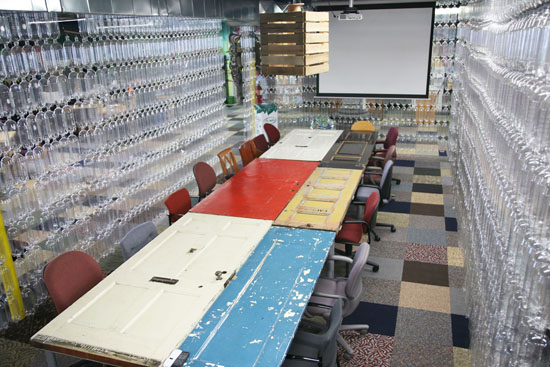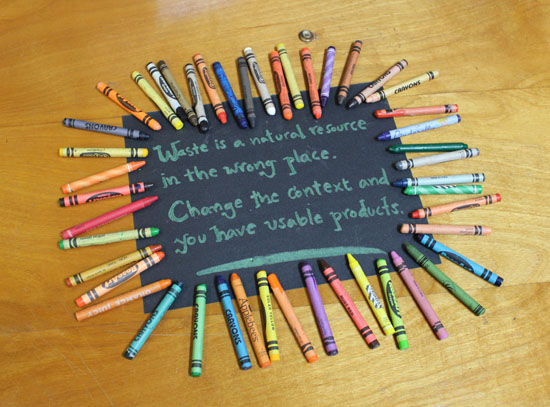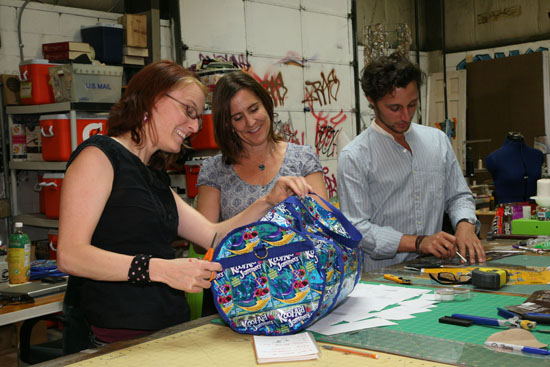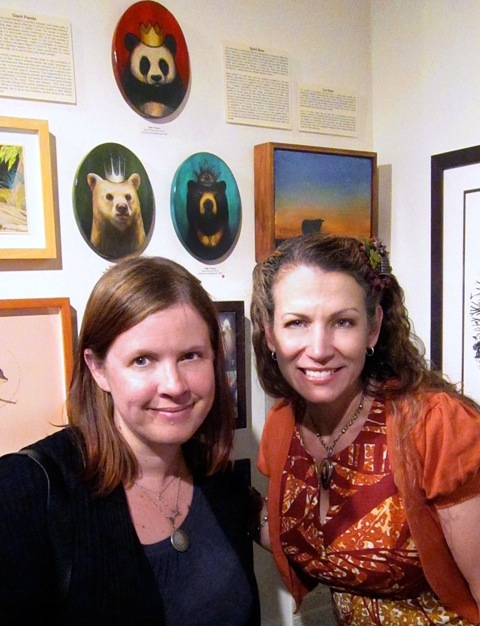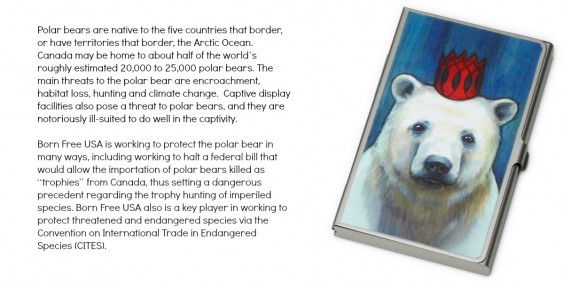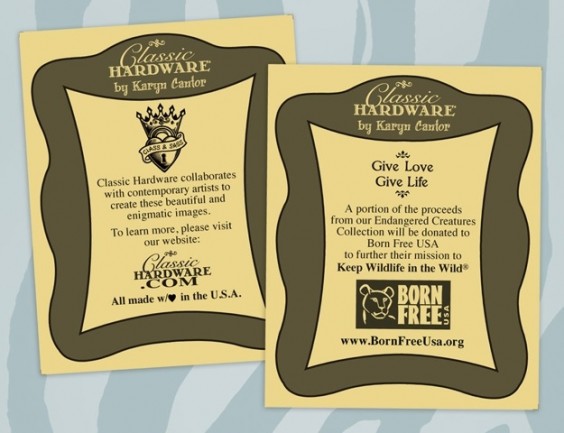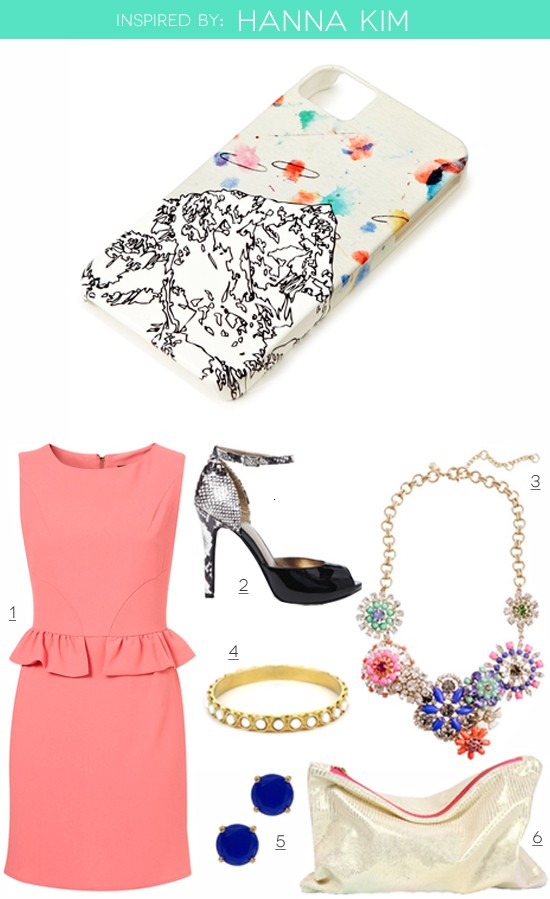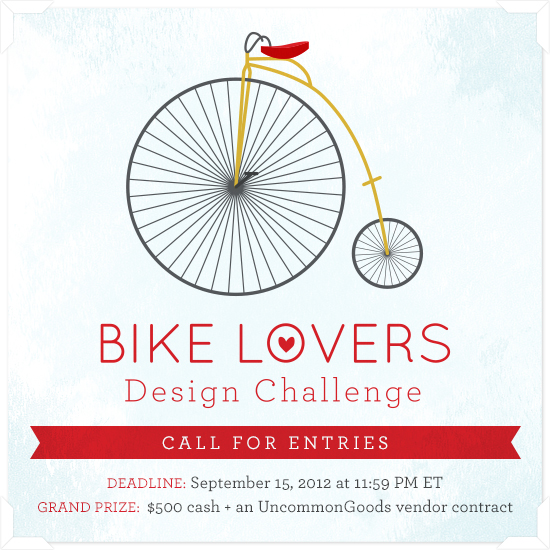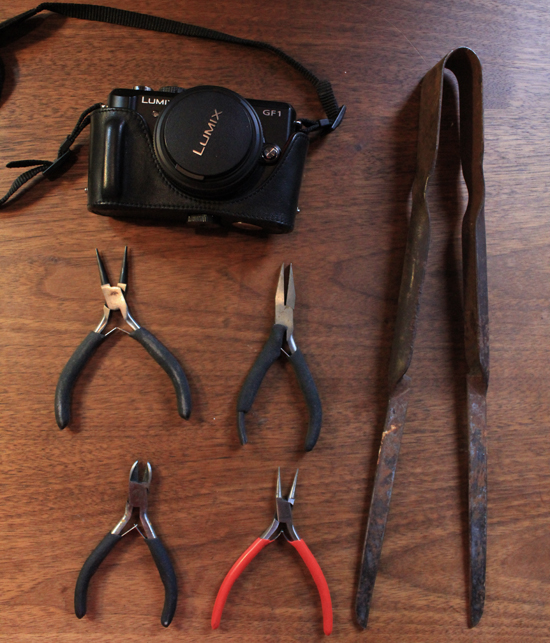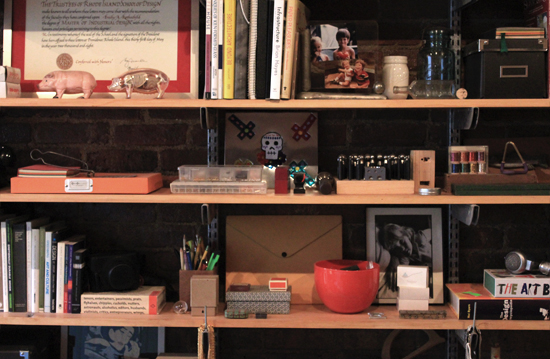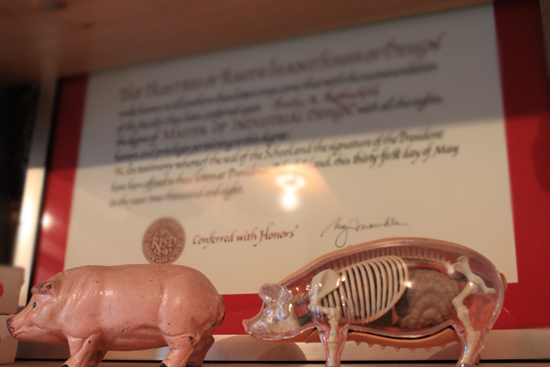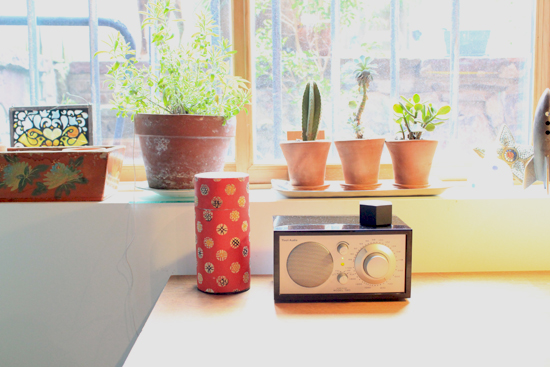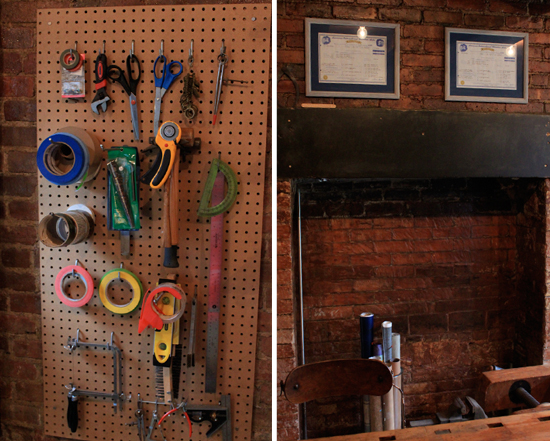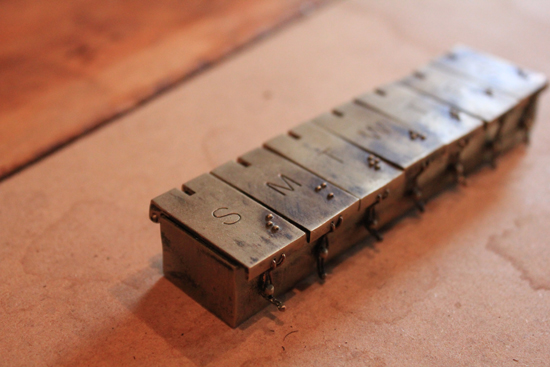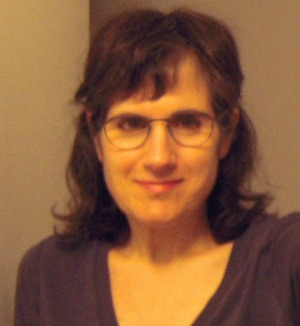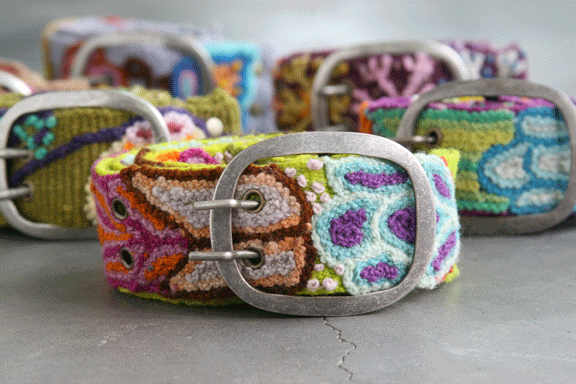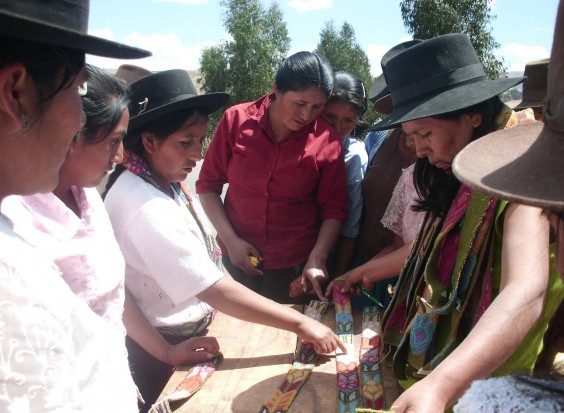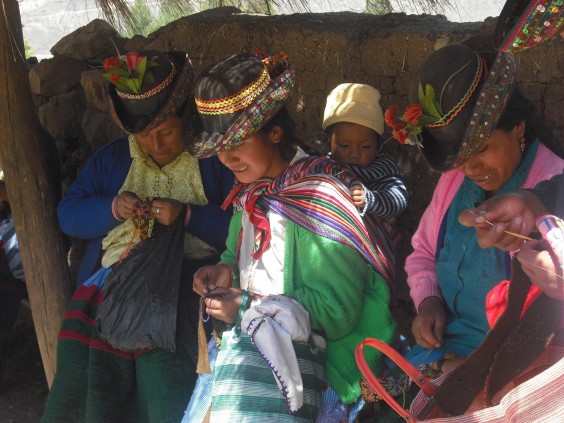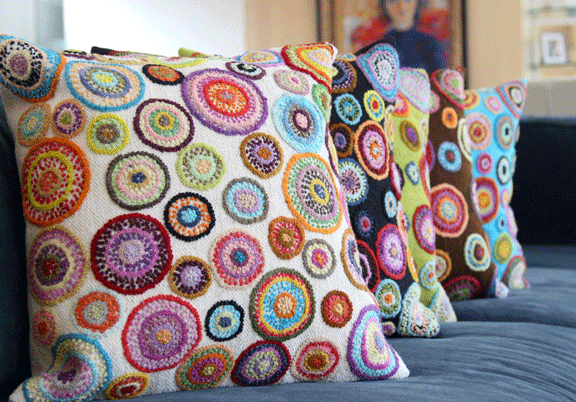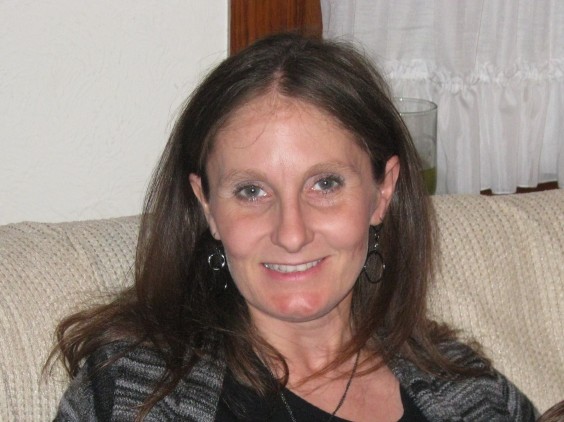 The entries to our Bike Lovers Design Challenge ranged from the beautiful (stunning and evocative art about bikes) to the practical (sturdy and useful bike accessories). We were delighted by all of them. Perhaps because winter is coming, the entry that tickled our fancy the most was a suncatcher.
The entries to our Bike Lovers Design Challenge ranged from the beautiful (stunning and evocative art about bikes) to the practical (sturdy and useful bike accessories). We were delighted by all of them. Perhaps because winter is coming, the entry that tickled our fancy the most was a suncatcher.
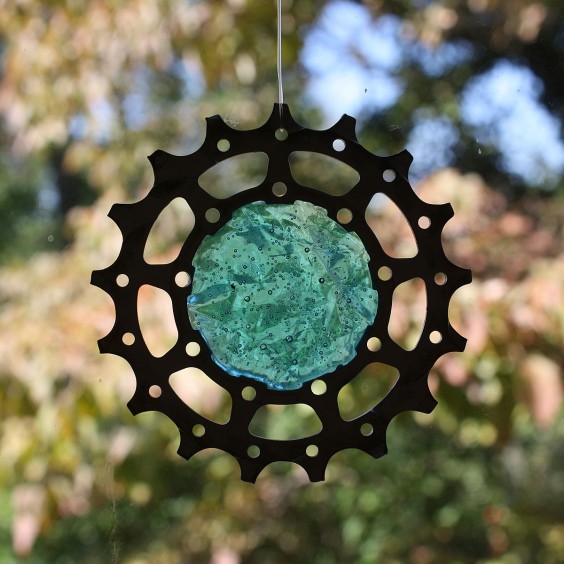
Laura White’s Bicycle Cog Suncatchers are lovely pieces of everyday art. They creatively combine upcycled metal bike parts with colorful, translucent inlays to harness the sun’s light and create a stained glass effect.
We asked Laura about her crafty, bike-y life.
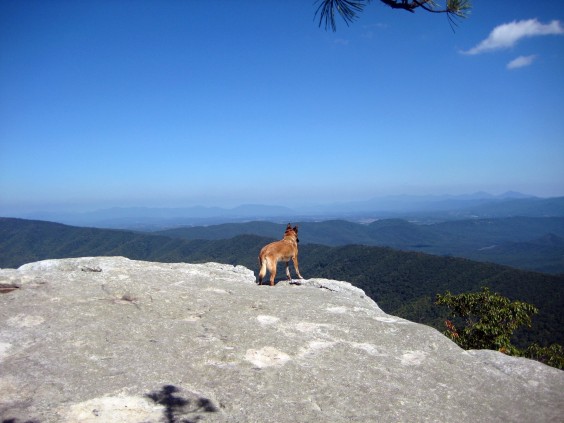
What’s the weather like where you live? Is there a lot of sun?
For the last four years I’ve lived in Southwestern Virginia, prior to that I had spent my entire life in Michigan. The biggest draw to this area was the mountain biking. It is an outdoor lover’s heaven. We have some of the best mountain biking in the world. The Blue Ridge Parkway runs along the edge of town, so there is also great road cycling.
The weather is very mild, at least compared to Michigan. Lots of sun and blue skies.
How did you first get into making things and being crafty? What kinds of things did you make back then?
I think I’ve always been into crafting. As a kid my favorite part of school and day camps was the arts and crafts. I was also heavily influenced by my grandmother, who did a lot of crafting. She taught me to knit, and one summer we sewed a doll. She was also good at saving household items that would normally be discarded, and using them in craft projects.
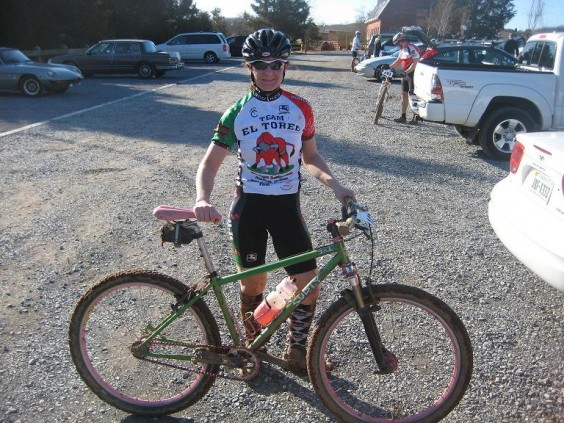
How did you get into biking, and when did it turn into a major passion?
I rode my bike a lot as a kid, both for recreation and as a way to get around before I could drive. I left it behind once I got a car. But then in my 30s I attended a bike race with a friend and decided that I had to do that. So I bought a bike and began training and racing. My love of cycling has grown from there. I don’t race much anymore, but cycling as a lifestyle and as transportation has become something that I am passionate about.
What was the inspiration for your Bicycle Cog Sun Catcher?
I had been making items out of recycled bike parts for several years. Several years ago, I had a daydream. Fast forward almost three years, I now I have a beautiful daughter (and a piano). I still have to work a regular job, but supplement with crafting.
I had made bike chain stars for several years and was growing tired of making the same thing and wanted to make something more “fun.” Something that would be colorful and cheerful instead of just metallic and hard. I had a sun catcher hanging above my daughters changing table that she loved. I liked the way the sun hit it. One of those fun craft projects I did as a kid was to make suncatchers in the oven. I decided to try to use the cogs as a medium for the suncatchers.
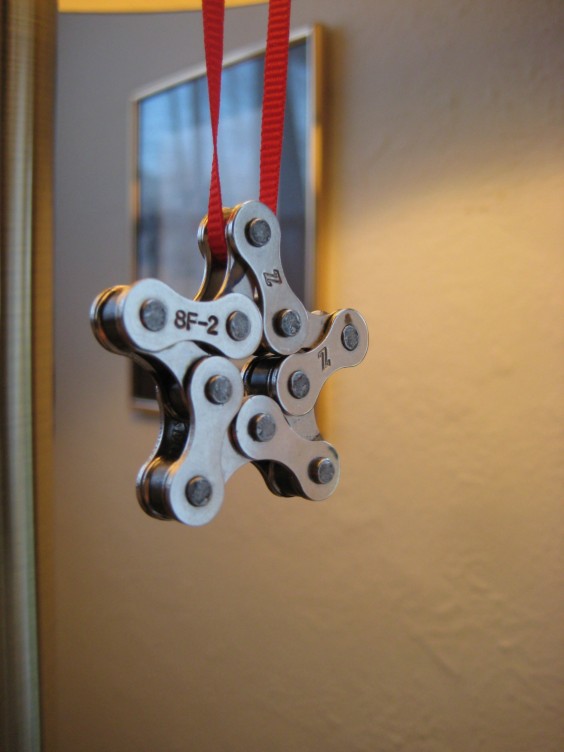
What other things do you like to make? What are you best at? Worst?
I really like anything that’s art or crafty. I love to knit, that is probably one of the things I am best at. Painting is probably the thing I am “worst” at. I love to paint but find that I am too much of a perfectionist when it comes to painting and tend to ruin the pictures by trying to making them look real and perfect. If I could embrace the abstract a little better I would probably be better at painting.
Is there any common theme, style, approach, or thought process to most or all of your craftwork?
Biking tends to be a common theme in my craftwork. I think I just love biking so much that I try to incorporate it into my life. Even my knitted items tend to have a bike theme or little bikes knitted into them. I also try to make things that are practical and I can use. That’s typically how a project starts. I’ll see something that I need and my first thought will be “can I make that?”
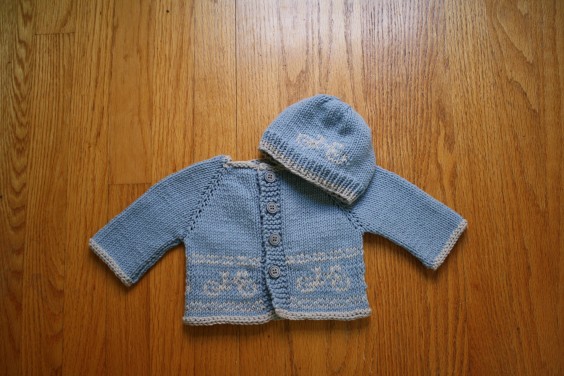
Do you enjoy making things out of things that would otherwise be discarded?
I do. I try very hard to live a sustainable lifestyle, which is part of the reason why I love cycling as opposed to driving. I try to limit the amount of waste I create by reusing and recycling items. I often find myself saving things that would typically be discarding, thinking, “I bet I can make something with that.”
What’s your favorite thing that someone has said about something you made?
When someone responds to something I’ve made by first being impressed that it was crafted for them and then saying “You should sell these.”
I recently received a picture from a mom that purchased a couple of suncatchers. It was of her daughter admiring them. I like when other people find joy and beauty in the things I’ve made.
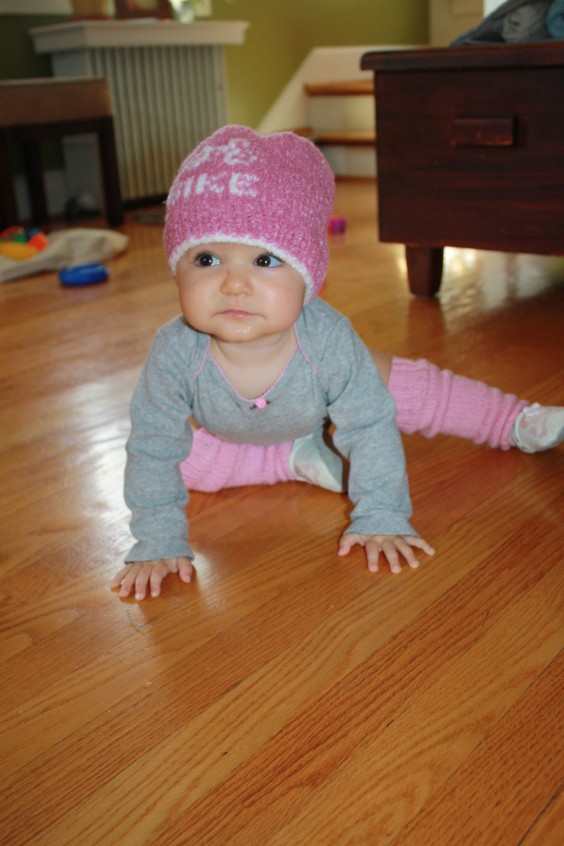

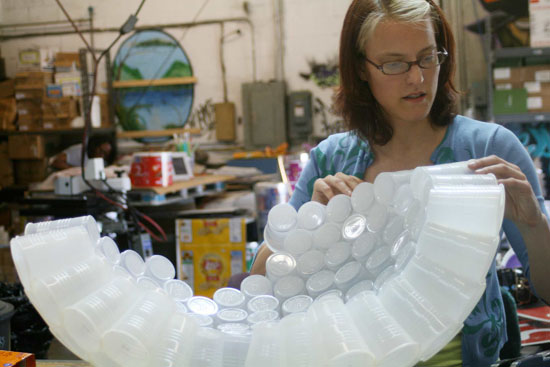
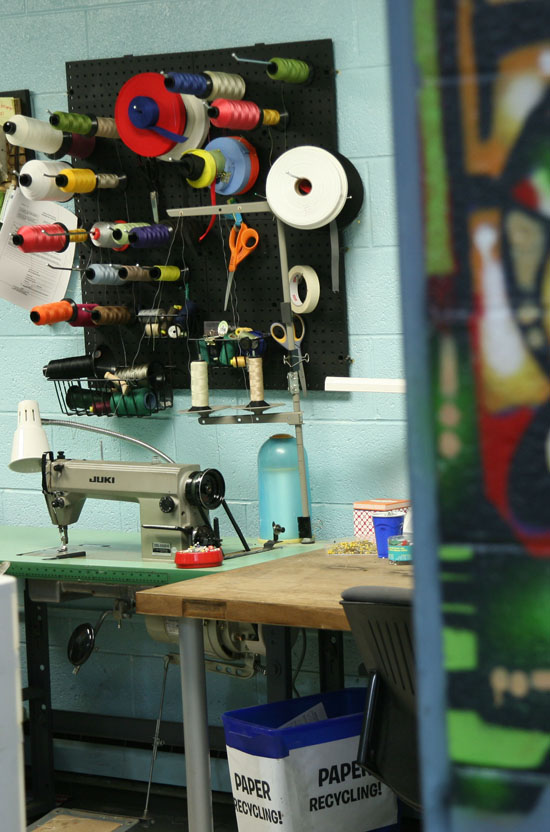
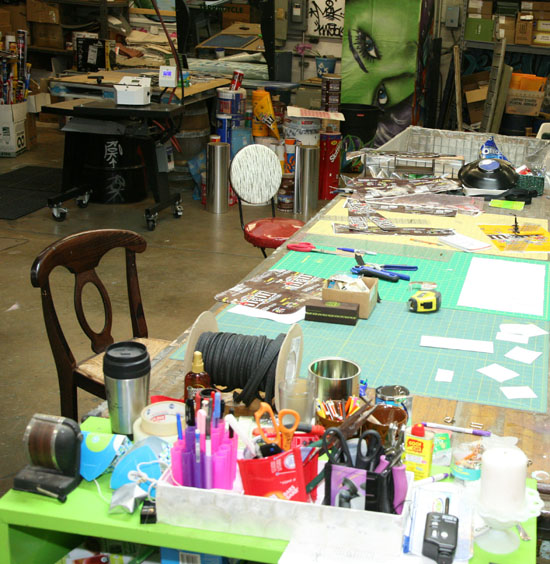 Where do you find inspiration within your space?
Where do you find inspiration within your space?